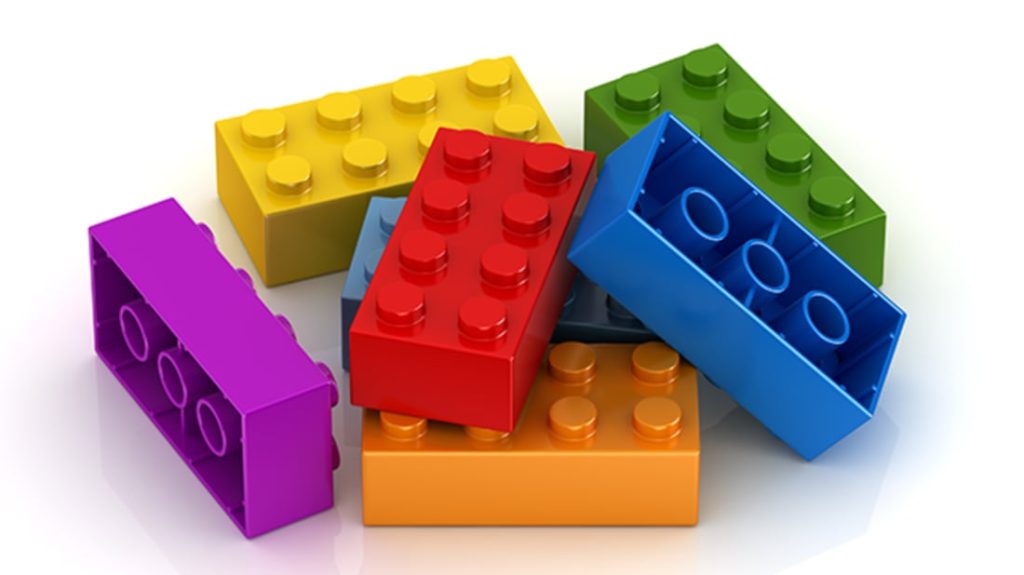The Beginning of Lego Bricks
Provided by My Cherry Pop
Lego began in 1916, when carpenter Ole Kirk Christiansen purchased a shop for woodworking in Denmark. It was used mostly for materials for houses and furniture, and the shop burned down in 1924 after an accidental fire started from wood shavings.

Ole Kirk rebuilt, but the Great Depression hit right after the completion of his restoration. He was forced to scale his operations back, and decided to use miniature models as design aids for customers to decide what they wanted. Then it hit him: he could make children’s toys.
By 1932, Ole Kirk was making piggy banks, pull trucks and toy houses. He traded with farmers in the local area for his goods, and continued making furniture to stay afloat. He briefly made yo-yos, which brought him some revenue, but the trend never lasted.
Ole Kirk was considering two different names for his company: Legio, like a legion of toys, or Lego. Lego was long thought to be related to the Danish phrase leg godt, which meant “to play well.” It was later revealed that Lego is actually a Latin word meaning “I put together.”
Plastics became readily available in Denmark after World War II, and Lego quickly made use of molding machines designed to work with them. He created a truck that could be taken apart and reassembled. Ole Kirk later built upon an idea first patented by Hilary Page of Kiddicraft bricks. Though the designs are similar, Lego bricks tend to be longer and interlock more like a brick wall. In 1953, the world got its first glimpse of the Lego Mursten, or Lego Bricks.
